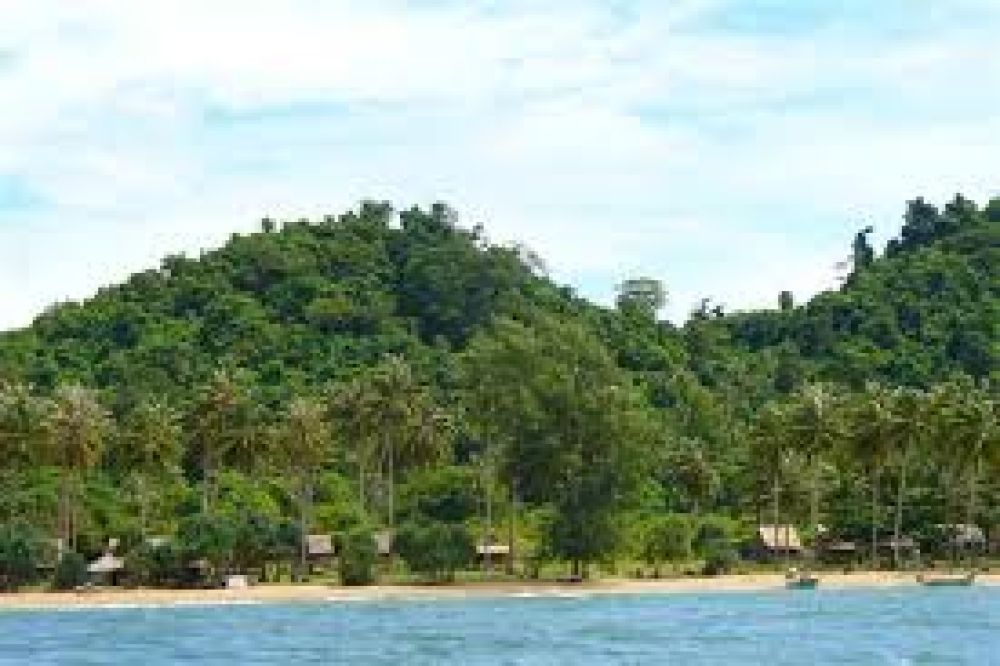

Koh Tonsay, commonly known as Rabbit Island, is a tranquil haven situated just a short boat ride from the coastal town of Kep in Cambodia. The island's name purportedly stems from its unique shape that resembles a rabbit, which has captured the imagination of visitors for years. Despite its modest size, Koh Tansay's appeal lies in its pristine beaches, clear waters, and laid-back atmosphere, which contrast sharply with the hustle and bustle of mainland Cambodia.
Historically, Kep itself was a thriving resort area in the early 20th century, popular with French colonials and Cambodian elites. However, it wasn’t until the late 20th and early 21st centuries that Koh Tonsay began receiving attention. After decades of conflict in Cambodia, which deterred tourism significantly, the country opened up to international visitors in the 1990s, leading to a gradual rediscovery of its coastal gems.
Initially, Koh Tonsay's visitors were predominantly backpackers and adventurous travelers drawn to its untouched nature and simplicity. The island offered simple bungalows, pristine beaches, and a chance to disconnect from the modern world, which were all part of its early charm.
In recent years, tourism on Koh Tonsay has seen a gentle uptick. Efforts to develop sustainable tourism, protect the environment, and improve facilities have been implemented to cater to the rising number of visitors while striving not to sacrifice the island's tranquility and natural beauty.
Eco-tourism has become increasingly significant, with an emphasis on low-impact travel and accommodation options. Local businesses, often family-run, have strived to provide services that allow visitors to enjoy the island's serene environment responsibly. As a result, there has been a slight increase in the number and quality of accommodations, ranging from rustic huts to more comfortable and eco-friendly bungalows with basic amenities.
The most recent trends in tourism on Koh Tonsay reflect a broader movement towards experiential and sustainable travel. Visitors are not only looking to relax on the beach but also to engage with local communities and ecosystems. Activities such as snorkeling, fishing with the locals, and exploring the island's lush interior have become popular, providing a deeper connection with the island's charm and a boost to the local economy.
Another emerging trend is the pursuit of wellness tourism, with visitors seeking tranquil spots for meditation, yoga, and retreats away from the chaos of everyday life. Koh Tansay's serene environment makes it an ideal location for this kind of tourism, and some services have begun to cater to this niche market.
In summary, the history of tourism on Koh Tonsay has been a gradual story of rediscovery and appreciation for its untouched beauty. As visitors continue to seek unique, eco-friendly, and authentic experiences, Koh Tonsay stands as a quintessential example of a destination that offers a respite from the modern world while providing a glimpse into the laid-back, natural allure of Cambodia's coastline.